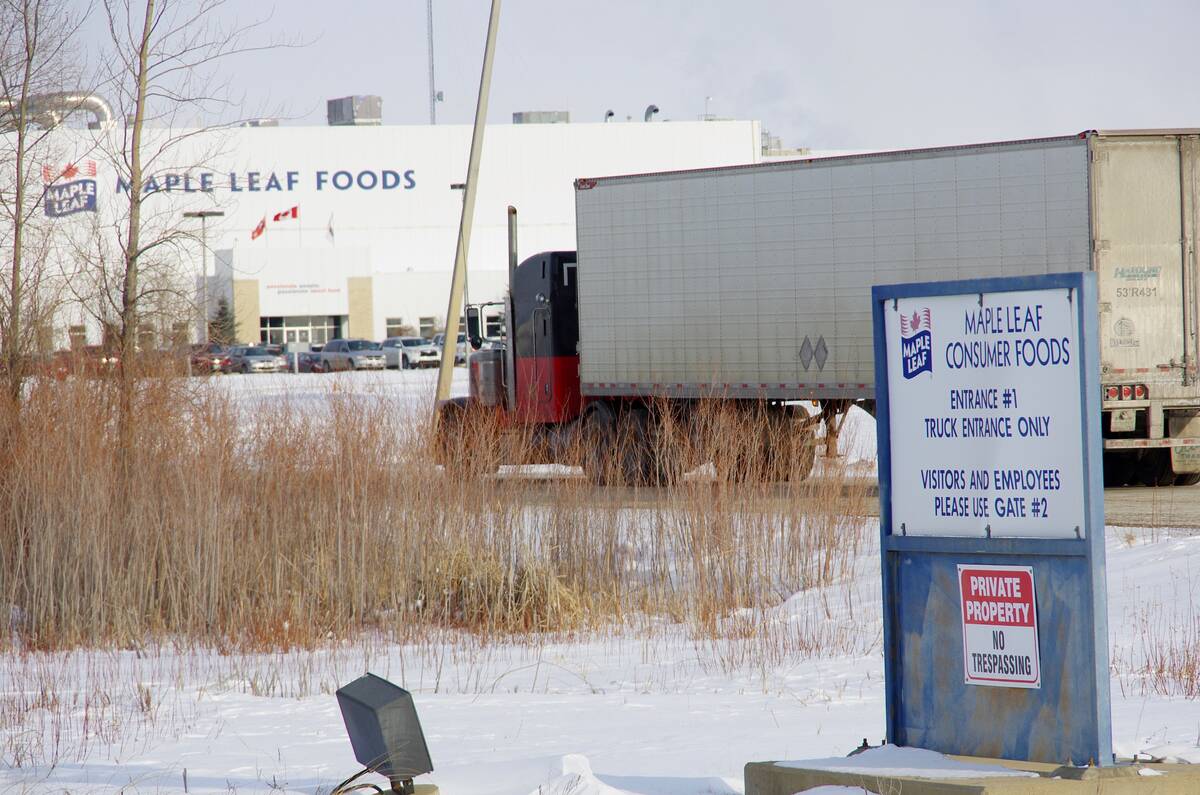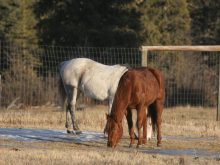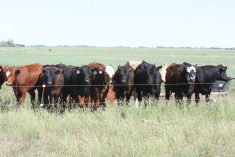From what we can tell, dinosaurs didn’t do much of it. Neither do many modern-day reptile, amphibian and bird species. But mammals certainly invest significant time and food resources into rearing young. And the foundation for this critical behaviour is the maternal bond.
For wild mammals, the strong bond between dam and offspring is essential to the species’ survival. In our domestic animals, the importance of this relationship depends on the species and how we raise them.
Neonates of many species can survive and thrive with the assistance of people if the maternal bond is interrupted or prevented from establishing. Probably one of the most intense examples is the hand-raising of endangered panda bear cubs in zoos and conservation institutions.
Read Also

Manitoba pork exports gain new market ground
Manitoba’s pork trade pivoted from China over the last five years, while Japan is remains the largest customer and South Korea and Mexico market footholds have grown
An example closer to home is the dairy industry. On farms, dairy calves are routinely removed from their cows and raised separately so the milk can be collected. Depending on the farm, these calves may be housed in groups or individually and provided with milk and shelter.
There is also the occasional misfortune to affect other types of farm animals, such as loss or rejection by the mother, in which case people may attempt to foster the babies or choose to bottle-feed and hand-raise the orphans. But generally speaking, for most farms and ranches with livestock, dogs and cats, we want and need the mothers to effectively care for their young.
The process of maternal bonding starts during pregnancy. While animals may not be consciously aware of pregnancy in the way that people are, the hormones of pregnancy influence behaviour and the brain. The complex interactions of pregnancy, birth and lactation hormones such as estrogen, progesterone, oxytocin and prolactin set the stage for bonding with their neonate.
Among the first things mammalian mothers do after giving birth is begin licking the newborn. This facilitates removal of the placental membranes from the head and face to allow breathing. The female may actually consume some or all of the placenta in this process. While eating of placentas is common, we don’t fully understand why females do it or what the advantages are. It is possible there is a component to maternal bonding. It also removes the material which may attract predators and is a potential source of nutrition.
Neonates need to rapidly initiate nursing behaviour and imprint on their mother. In turn, she needs to provide milk and protection to her offspring. Nursing does an amazing thing for maternal bonding. Stimulation from nursing triggers the release of oxytocin.
In a beautiful system, this hormone travels via the blood to the brain, signaling for more oxytocin release, and subsequent milk production and bonding. Newborns and dams also quickly learn to recognize each other through sight, odours and sounds.
Beyond the need for immediate survival, animals benefit from learning from their dams. Drinking from that loud, splashy automatic water trough, traversing the complex corral system and learning the behaviour cues that establish pecking order are a few examples. Young livestock can certainly learn this on their own but the process is made easier by following their mother’s lead.
When maternal bonding is interrupted, the consequences can be disastrous. Dams that fail to adequately bond with their offspring may simply abandon them, in which case the neonate will die of starvation, dehydration, hypothermia or predation unless people intervene. However, lack of maternal bonding can also result in more extreme responses, including harming or even killing the neonates.
To promote good maternal bonds, we generally want to allow animals to birth undisturbed and only intervene if there is an issue. Similarly, the newborn and dam should be left alone or with minimal intervention for the first few hours after birth.
Dr. Jamie Rothenburger, DVM, MVetSc,PhD, DACVP, is a veterinarian who practices pathology and is an assistant professor at the University of Calgary’s Faculty of Veterinary Medicine. Twitter: @JRothenburger















